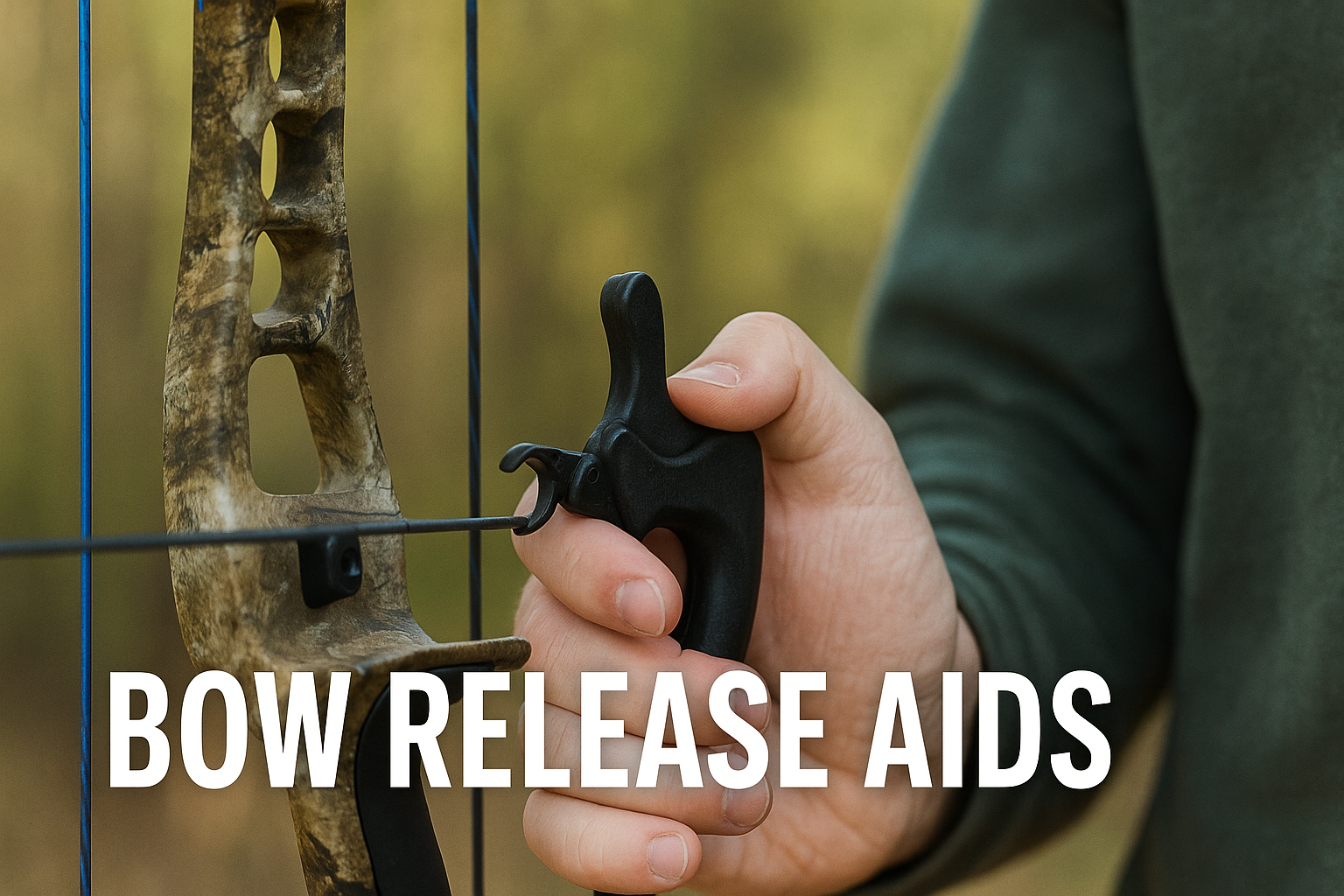
Archery is an ancient sport, but modern technology has refined it into a precise science. Among the many innovations that have transformed how archers shoot, best bow release aids stand out as one of the most impactful tools. If you have ever struggled with consistency, experienced finger pain from long shooting sessions, or wondered how professional archers achieve pinpoint accuracy, the answer often lies in their use of release aids.
This comprehensive guide will cover everything you need to know about bow release aids from their history, benefits, and types, to step-by-step usage, training drills, common mistakes, and recommendations for both hunters and target shooters. By the end, you’ll be equipped with the knowledge to choose the right release aid for your needs and master its use.
Table of Contents
For centuries, archers relied solely on their fingers to draw and release the bowstring. Traditional archers still use finger tabs or gloves to protect their hands, but with the rise of compound bows in the 1960s, a new challenge emerged: heavier draw weights and greater string pressure.
Finger shooting was no longer practical for achieving the precision demanded by modern hunting and competition. This gave rise to mechanical release aids. Early designs were basic, but they evolved into today’s sophisticated devices that allow for extremely smooth, consistent, and accurate releases.
Today, release aids are considered standard equipment for compound bow archers, with a wide variety available to suit different shooting styles.
You might wonder: if archers have shot bows with fingers for centuries, why switch to a mechanical aid? The reasons are compelling:
In short, release aids make archery more enjoyable, precise, and accessible for both beginners and professionals.
Test how the release fits your hand, whether the trigger tension can be adjusted, and if it provides a natural anchor point.
A good release aid is an investment. Budget models start around $40, while professional-grade releases exceed $200. Remember — quality directly affects accuracy.
| Feature | Bow Release Aid | Finger Shooting |
|---|---|---|
| Consistency | High | Low–Moderate |
| Accuracy | Superior | Limited |
| Comfort | Very comfortable | Can cause finger pain |
| Suitability for Hunting | Excellent | Moderate |
| Suitability for Target Archery | Excellent | Traditional only |
| Learning Curve | Moderate | Easy |
Traditional archery has its charm, but if your goal is precision, release aids are the modern solution.
When choosing, consider both your budget and long-term goals.
Proper care ensures your release aid lasts for years and maintains performance.
Do beginners need a release aid?
Not mandatory, but highly recommended for compound bows. It makes learning easier and less frustrating.
Can I use the same release for hunting and target archery?
Yes, but some archers prefer separate releases for each purpose.
Do release aids work with recurve bows?
Not typically. They are primarily designed for compound bows.
How long does it take to master a release aid?
With consistent practice, most archers adapt within 2–4 weeks.
For more expert guidance, check these resources:
Bow release aids are more than just accessories — they are essential tools for anyone serious about archery. They bring consistency, accuracy, and comfort to your shooting, helping you enjoy the sport while performing at your best.
Whether you’re a hunter preparing for the next season, a competitive target shooter chasing perfection, or a beginner eager to improve quickly, choosing the right release aid and practicing proper techniques will elevate your archery skills dramatically.
From wrist straps to thumb buttons, hinge releases to resistance aids, there’s a perfect option for every archer. Start with what matches your style, train diligently, and watch your accuracy soar.
Hunting isn’t just a sport it’s a legacy of stewardship, respect for nature, and hands-on…
If you’re new to hunting or target shooting, choosing the right rifle scope can feel…
If you're out bowhunting, you know that estimating yardage isn’t just helpful it’s essential. A…
Table of Contents Introduction Gun ownership laws and regulations in the United States vary from…
For hunters and shooting enthusiasts, having a secure and organized way to transport firearms is…
When the hunting season approaches, every serious bowhunter knows: your bow isn’t just gear it’s…
This website uses cookies.